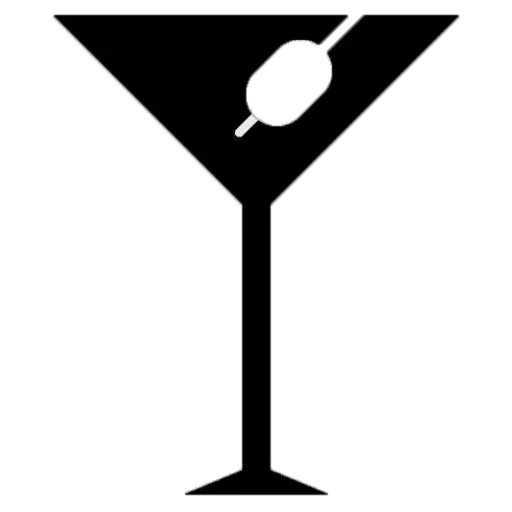Champagne always seems to make life a little more pleasant, whether you pop the cork for an event or just to enjoy at the end of a long day. It’s no secret that we all love a tasty drink now and then. When you think of luxury, what comes to mind? For many people, expensive items fit the definition – such as champagne.

If you’re interested in learning more about champagne, keep reading. You’ll learn how Champagne is made, how it differs from other types of sparkling wine, and other interesting facts.
What is Champagne and Traditional Method?
Although it seems like a generic name for many sparkling wines, Champagne is a French Sparkling wine that winemakers can only make in the Champagne region of France under the specifications set forth by law. If you look at it geographically or even historically, this area sits about 90 miles northeast of Paris, France.
Making Champagne in the Champagne Wine Region is an intricate, laborious, highly regulated process. It’s contingent on factors found only here, which is one factor as to why they cost what they do.
There are three main varieties of grapes used in Champagne wine production – Chardonnay, Pinot Noir, and Pinot Meunier.
The Champagne name is legally protected, as is the term “Méthode Champenoise” (Champagne method) is forbidden to use. Producers who follow this method, however, can write “Traditional Method” on their labels. Prosecco wines are one such example.
What About California Champagne?
However, there are some legal exceptions to these strict laws. It is possible to come across sparkling wines branded Californian Champagne, mostly from the Pinot Noir and Chardonnay grapes. These Californian producers have been producing sparkling wines Using the Méthode Champenoise since the 1860s. This exception applies not just to Champagne but also to several semi-generic wines such as Chablis, Port, and Sherry. Despite The French Organization’s efforts, U.S. laws state that if a manufacturer used the name Champagne before 2006, they may legally continue to do so.
Méthode Champenoise
Let’s take a quick look at how the Champagne production process works and understand why it is so unique.
Grapes are harvested in much the same way as any wine. They first undergo Primary Fermentation, which yields an alcoholic content of about 10% base wine. After this process, winemakers combine wines from different grape varieties, vineyards, and vintages to produce an assembly of wines. The reason for this is so that they have a consistent style year after year.
Next, winemakers add Liqueur de Tirage (a liquid solution of yeast, wine, and sugar) to the still base wine to create the secondary fermentation process in the bottle. Depending on how much sugar is added during the second fermentation, wines can range from very dry to slightly sweet.

Remuage or riddling is the process that requires twisting the bottles to move the sediment towards the bottle cap. Winemakers perform this process by hand or machine. It takes anywhere from one week when using machines and three months by hand. This step ensures all the sediment ends up near the mouth of your bottle.
Nest comes disgorging, the process of removing that mass of yeast residue that now rests at the bottom of the bottle. Before sealing it with a traditional, mushroom-shaped cork, the winemaker decides on the final step – dosage. This decision determines how sweet your wine will be by adding a determined amount of sugar based on what style you want, such as brut nature or brut (dry or sweet).
What are Vintage and Non-Vintage Wines?
Most Champagne is non-vintage, meaning that they contain a blend of wines from multiple vintages. This allows each Champagne house to keep a consistent flavor profile and house style.

In some years, when grape quality has been exceptional, winemakers release wine made with these perfect grapes as limited and dated vintage Champagnes. These can age in the bottle for decades longer than non-vintage Champagne.
What are the Differences Between Champagne and Sparkling Wine?
One might ask why Champagne and most American-style sparkling wines are so expensive. The Méthode Champenoise used by Champagne makers is a complicated and time-consuming process. On the other hand, prosecco and other sparkling wines obtain their bubbles through a process known as the Charmat Method. Placing the secondary fermentation process into a large tank allows it to happen faster before bottling. The least expensive models generate carbonation for use in such beverages by pumping carbon dioxide into a huge container before transferring it to bottles. The “vintage sparkling wine” label signifies the producers thought that year was amazing and that it reflects the highest quality of their winery.
Here at our blog, we have attempted to answer the question, ”Can we call all sparkling wines ‘Champagne’ or not? While many other sparkling wines are delicious, they don’t bear the name ”Champagne” because of the process or region they come from. Therefore, not all sparkling wine is Champagne, just like not all whiskeys can be called Bourbon.
It’s time for us to get more acquainted with Grand Cru of French Champagne producers such as Veuve Clicquot.

